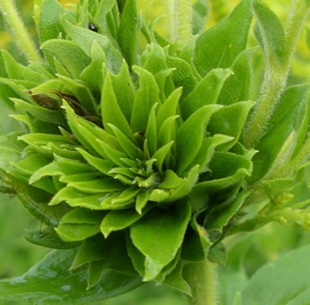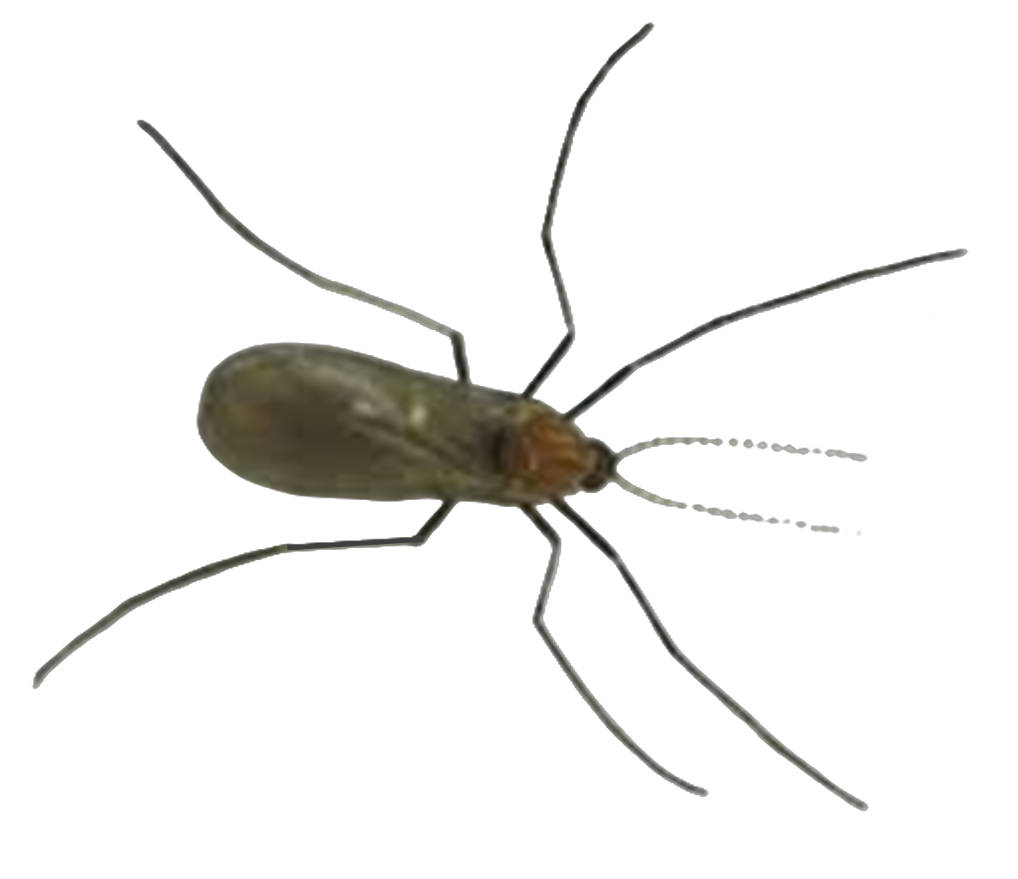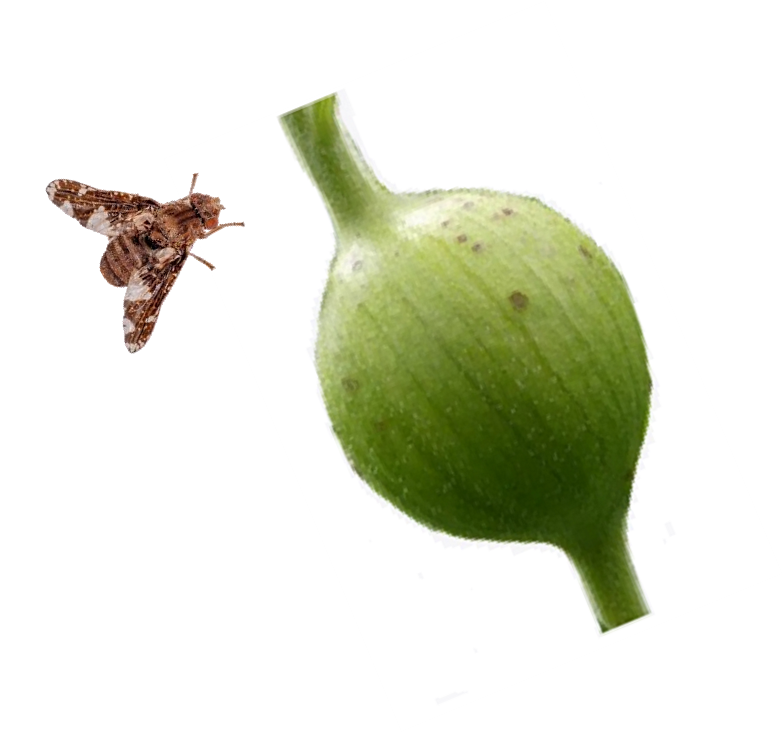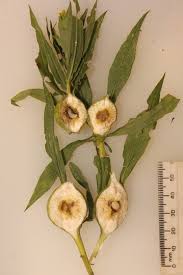Goldenrod Galls


Rosette Gall (aka leaf bunch gall): The goldenrod gall midge lays its eggs at the top of the goldenrod stem. Midge larvae feed on the leaves and inner stem, causing them to grow abnormally and form the dense rosette. The larvae then move to the soil and burrow into the goldenrod’s rhizome, protected from freezing winter temperatures by the subterranean location, before pupating in spring.

Cool fact: Adults of both species lack functional mouth parts and survive on stored energy to fulfill their one function, which is to mate and lay eggs.
View the full PDF – Goldenrod Gall Balls

